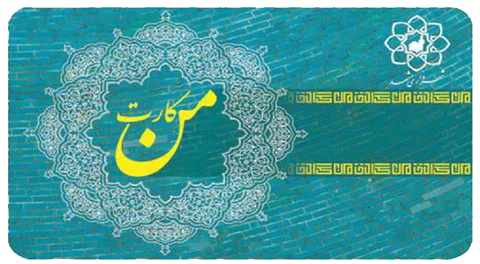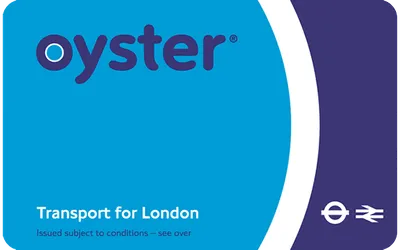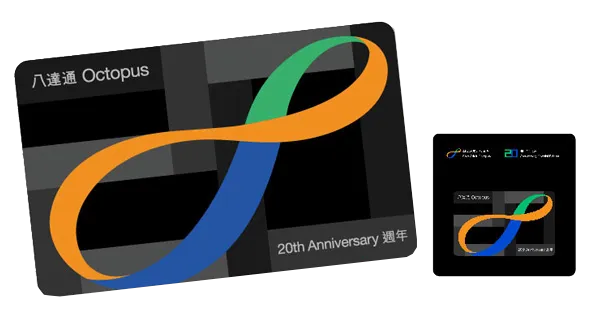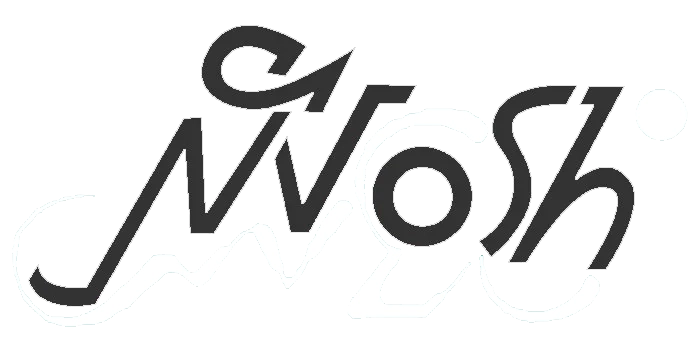Comparing Mancard with Smart Transportation Cards in the Developed World: A Step Towards Digital Transformation in Iran
With the advancement of technology and the growing need for fast, cheap, and efficient urban transportation, many cities around the world have turned to using smart public transportation cards. These cards allow citizens to have easier access to buses, subways, urban trains, and even non-transport services with a simple tool. In Iran, systems such as the Citizen Card (in Mashhad) have also been developed that aim to simplify the payment process and manage municipal services.
In this article, we aim to compare this system with successful global examples, including Oyster in London, Suica in Japan, and Octopus in Hong Kong. The aim is to examine the strengths and weaknesses of the system against global competitors and provide suggestions for its improvement on the path to a smart city.
What is a Man Card and how does it work?
Mancard is a city smart card that was introduced in Mashhad. This card is used to pay for bus and train fares and some other city services. It uses RFID and NFC technology to enable contactless payments.

🎫 Main features
1. Fast payment on buses and subways
One of the most important goals of designing this system is to facilitate and expedite fare payment in the public transportation system (BRT buses, city buses, and metro). Using this system eliminates the need to pay cash or purchase paper tickets, making the boarding process simpler and faster for passengers.
How it works:
When entering a bus or subway station, the passenger places their card on a card reader. These devices use RFID or NFC technology to wirelessly read the card information and deduct the fare from the credit in a fraction of a second.
The payment process usually takes less than two seconds and, unlike cash payments, does not require interaction from the driver or operator.
Advantages:
- Reducing bus stop times at stations
- Reducing metro queues at the entrance gates
- Eliminating the risk of disease transmission through cash
- Improving the user experience for passengers
- Reducing human error in fare collection
2. Ability to charge in person or through related applications
To use this system, travelers must first top up the card’s credit. This can be done in two main ways:
🔹 A) In-person charging
Users can top up their cards in person at metro stations, bus terminals, municipal service kiosks, or some stores. These centers are equipped with devices that connect to a central system and allow for credit to be topped up through cash or bank card payments.
🔹 B) Charging via mobile applications
With the expansion of digital infrastructure in Iran, it has become possible to recharge cards through mobile applications. Some of these apps include:
- Official app
- Payment applications such as Up, Top, Coin, ShahrPay, etc.
The digital charging process usually goes like this:
- Log in to the application and select the “Recharge Mankart” section.
- Enter number (or scan QR code if supported)
- Select the desired amount to recharge.
- Online payment via banking portal
For some cards, there is a need to “stabilize the charge” by holding the card close to the card reader.
Advantages:
- Increased accessibility and convenience for users
- Save time by eliminating in-person visits
- Ability to manage card balance and view charge history
- Fast and secure account information updates
The combination of fast payment in the public transport fleet and multiple charging capabilities (in person and online) has made this system one of the key tools in improving the efficiency and passenger satisfaction in the Iranian urban transport system. However, to reach international level, upgrading mobile capabilities and integrating ancillary services will be necessary.
Oyster card in London
Oyster was one of the first city smart cards in Europe, introduced by Transport for London (TfL) in 2003. It is valid for travel on all London Underground, bus, tram and local train lines. Oyster comes in both a physical card and a mobile app.

Important features of Oyster:
Setting a daily spending limit: After reaching a certain amount per day, subsequent trips become free.
- Ability to recharge online and automatically via bank account
- Supports NFC technology for use with mobile phones
- A wide range of services with one card for the entire London area
Suica card in Japan
Suica is one of the most advanced smart cards in the world, offered by East Japan Railway Company (JR East). It is used not only for urban transportation but also for purchases in stores, vending machines, restaurants, and even hotels.

Suica indicator features:
- Direct connection to smartphones (especially iPhones and Android phones with NFC)
- Payment services in retail and municipal services
- Possibility of charging via credit card, app and automated devices
- Use in different cities in Japan with one common card
Octopus card in Hong Kong
Octopus is more than just a simple transportation card. It is a successful example of a digital urban wallet. Hong Kong citizens use Octopus to pay for transportation, shops, schools, clinics, and even libraries.

Key features of Octopus:
- Full connection to the mobile app to track transactions and recharge
- Available in over 200,000 locations in Hong Kong
- High security and transaction encryption
- Integration with the city’s education and health systems
| Feature | Mankart (Iran) | Oyster (London) | Suica (Japan) | Octopus (Hong Kong) |
|---|---|---|---|---|
| Payment for transportation | ✅ | ✅ | ✅ | ✅ |
| Shopping in stores | ❌ (Limited) | ❌ | ✅ | ✅ |
| Mobile application | limited | ✅ | ✅ | ✅ |
| NFC technology | Some of the models | ✅ | ✅ | ✅ |
| Daily spending limit | ❌ | ✅ | ✅ | ✅ |
| Connecting to a bank account | ❌ | ✅ | ✅ | ✅ |
| Scope of use | Urban (limited) | All of London | All over Japan | All over Hong Kong |
| Non-banking services | low | low | average | a lot |
| User experience | Good (limited to transportation) | great | great | very excellent |
Current challenges
Although Mankart is a positive step towards digitizing urban transportation services in Iran, it still faces challenges:
1. Limited application
The system’s use is often limited to paying for bus and train fares. Unlike cards like Octopus and Suica, which are used for a wide range of public services, Mancard has yet to fully penetrate areas such as shopping, education, healthcare and parking.
2. Lack of full mobile support
Despite advances in new versions of the app, many users are still forced to use physical cards. In contrast, in developed countries, the use of virtual cards on mobile has become the norm.
3. Lack of integration between cities
In Japan or the UK, one card can work seamlessly in multiple cities and with multiple vehicles.
Opportunities Ahead for Mankart
Given the existing infrastructure, Mankart can move forward with its development more quickly if the following measures are put on the agenda:
Creating national integration: Developing a single smart card for the entire country, usable in all cities and means of transportation.
Expanding services beyond transportation: adding payment capabilities in stores, medical centers, universities, etc.
Application development: Providing features such as transaction history, balance alerts, and QR Code payments.
Cooperation with banks and domestic digital wallets: Directly connect the card to bank accounts or wallets such as Shadpay, Up or Bluebank
Using Big Data for Urban Planning: Analyzing People’s Travel Patterns to Optimize Transportation Routes
Although this citizenship card project has taken important steps towards a smart transportation system, it still has a significant gap with successful global examples. Using the successful experiences of systems such as Oyster, Suica, and Octopus can greatly contribute to the development of smart city infrastructure in Iran.
Investing in technology, facilitating connectivity to financial services, and most importantly, creating intercity integration are factors that could make this system a successful indigenous example of smart transportation cards.
